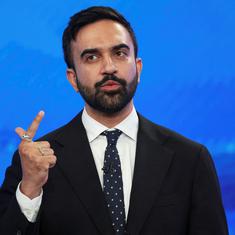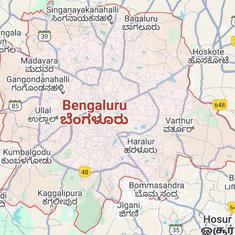Peter Mansfield, who helped develop the MRI scanner, dies at 83
The physicist had received the Nobel Prize for Physiology or Medicine in 2003.

Physicist Peter Mansfield, the Nobel laureate who helped develop the Magnetic Resonance Imaging scanner, died at the age of 83 on Wednesday. The University of Nottingham released a statement from Mansfield’s family on Thursday confirming his death.
His family in the statement said, “As well as being an eminent scientist and pioneer in his field, he was also a loving and devoted husband, father and grandfather who will be hugely missed.” Mansfield is survived by his wife, two daughters and four grandchildren.
Mansfield was born in 1933 in Lambeth, London. He had failed his 11+ examination, but later went to a central school and a secondary modern school. He obtained a degree in physics from Queen Mary College, University of London. He became a physics lecturer at the University of Nottingham in 1964, and remained there till he retired in 1994.
In the 1970s, Mansfield led a team that developed the MRI scanner, one of the most “important breakthroughs in modern medical science”, the university said. He was given the Nobel Prize for Physiology and Medicine in 2003 at the age of 70 for his work in developing the MRI machine. He shared it with United States-based chemist Paul Lauterbur. He was knighted by Queen Elizabeth II in 1993.
The MRI scanner generates 3D images of the body’s internal organs, which helps detect diseases without the need for surgery. It uses magnetic fields and radio waves to generate the images without potentially harmful X-rays. Despite warnings, in 1978, Mansfield became the first person to step into the whole-body MRI scanner, reported AP.
Vice Chancellor of the University of Nottingham, David Greenaway, said Mansfield’s creation had changed the world for the better. ”Few people can look back on a career and conclude that they have changed the world,” he told AP.









